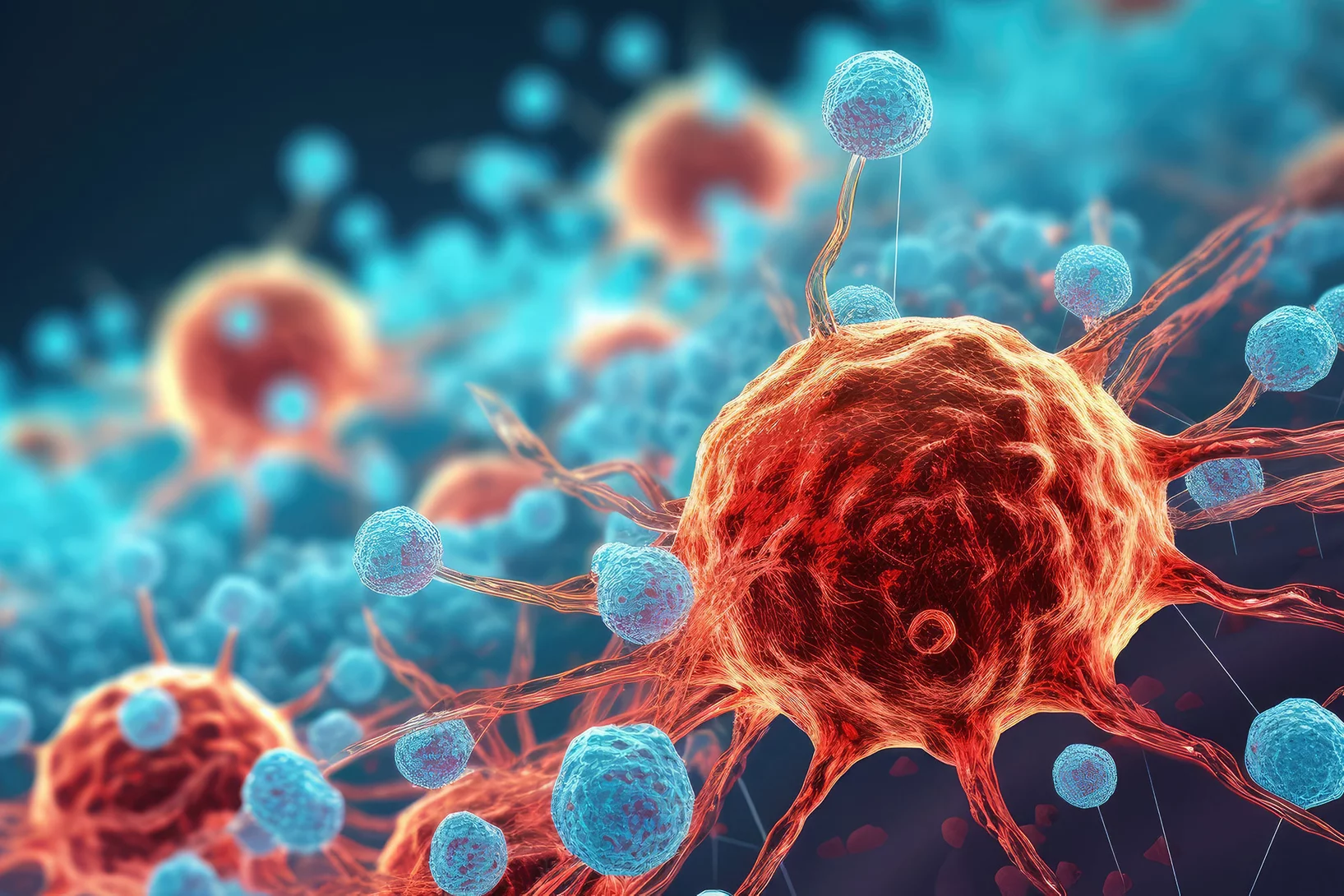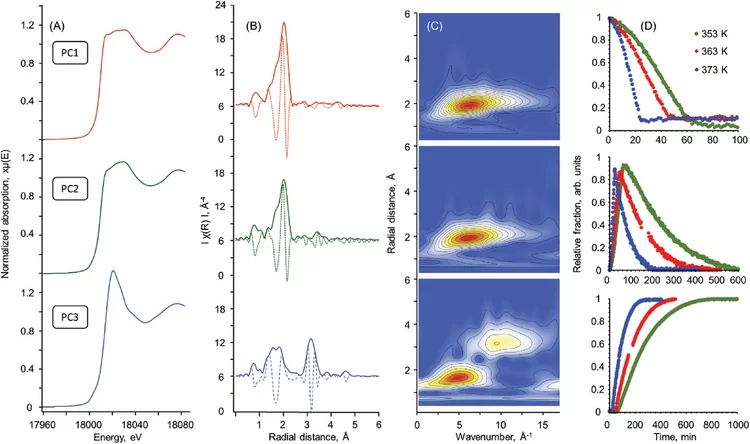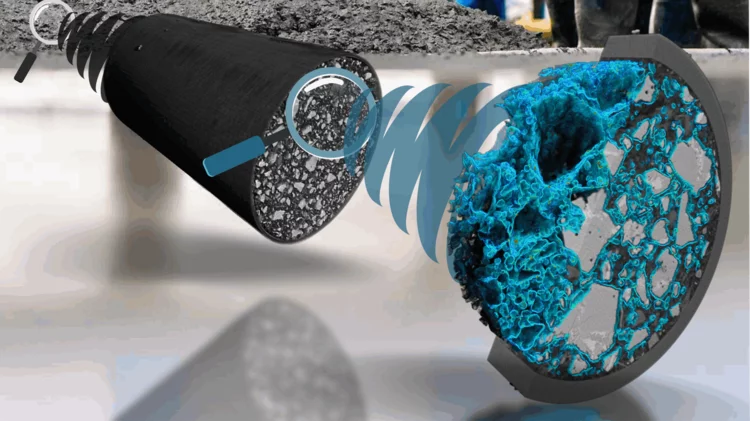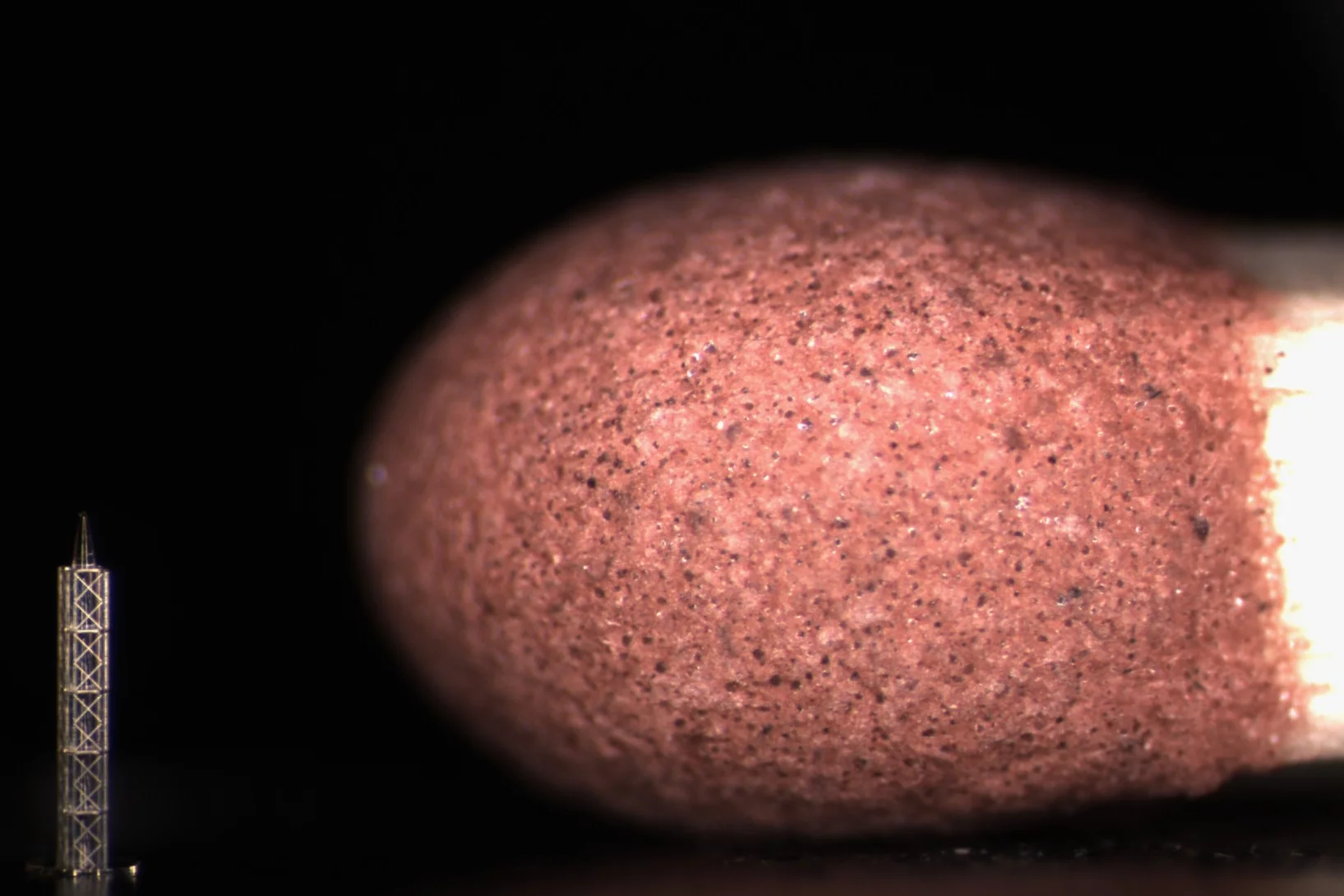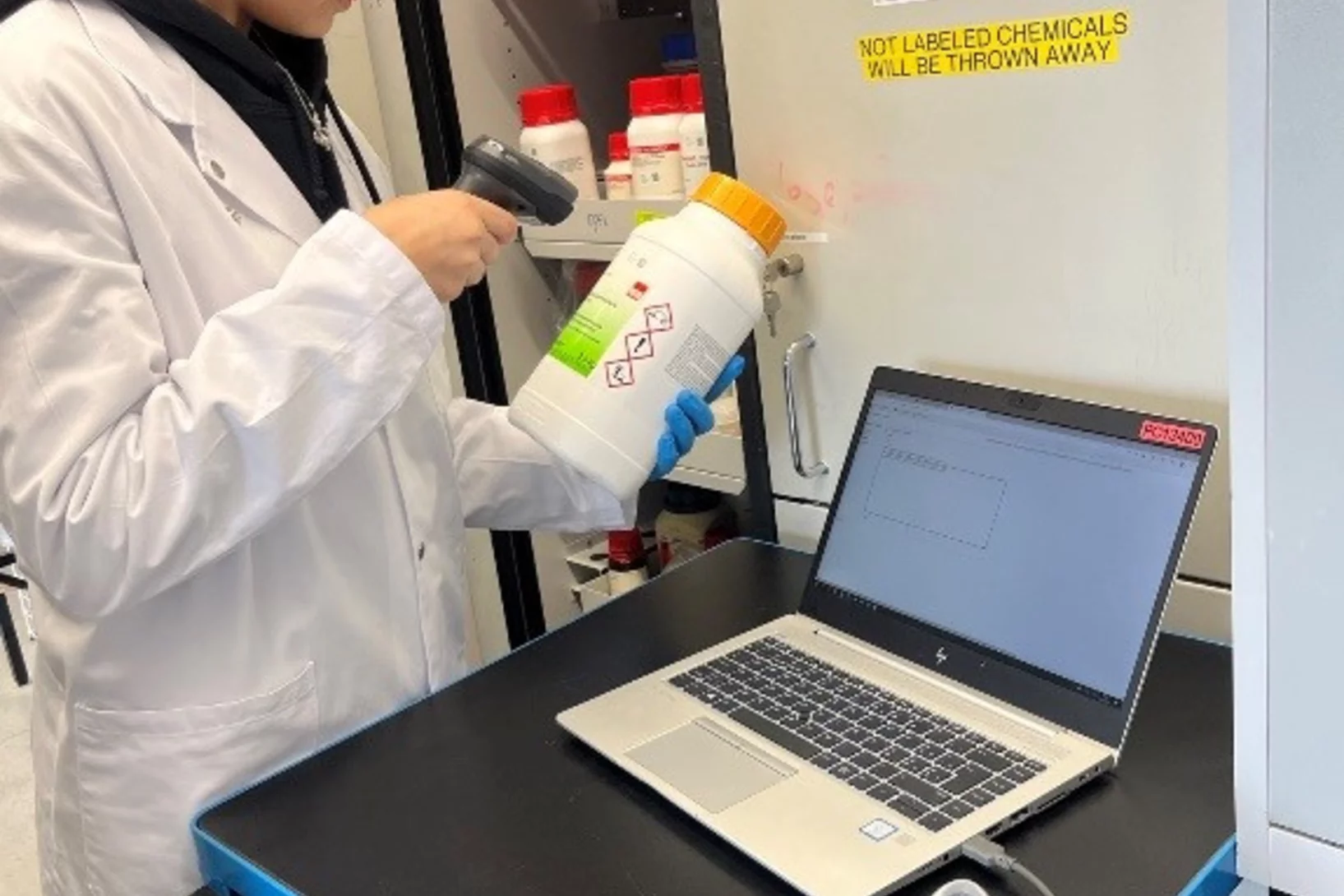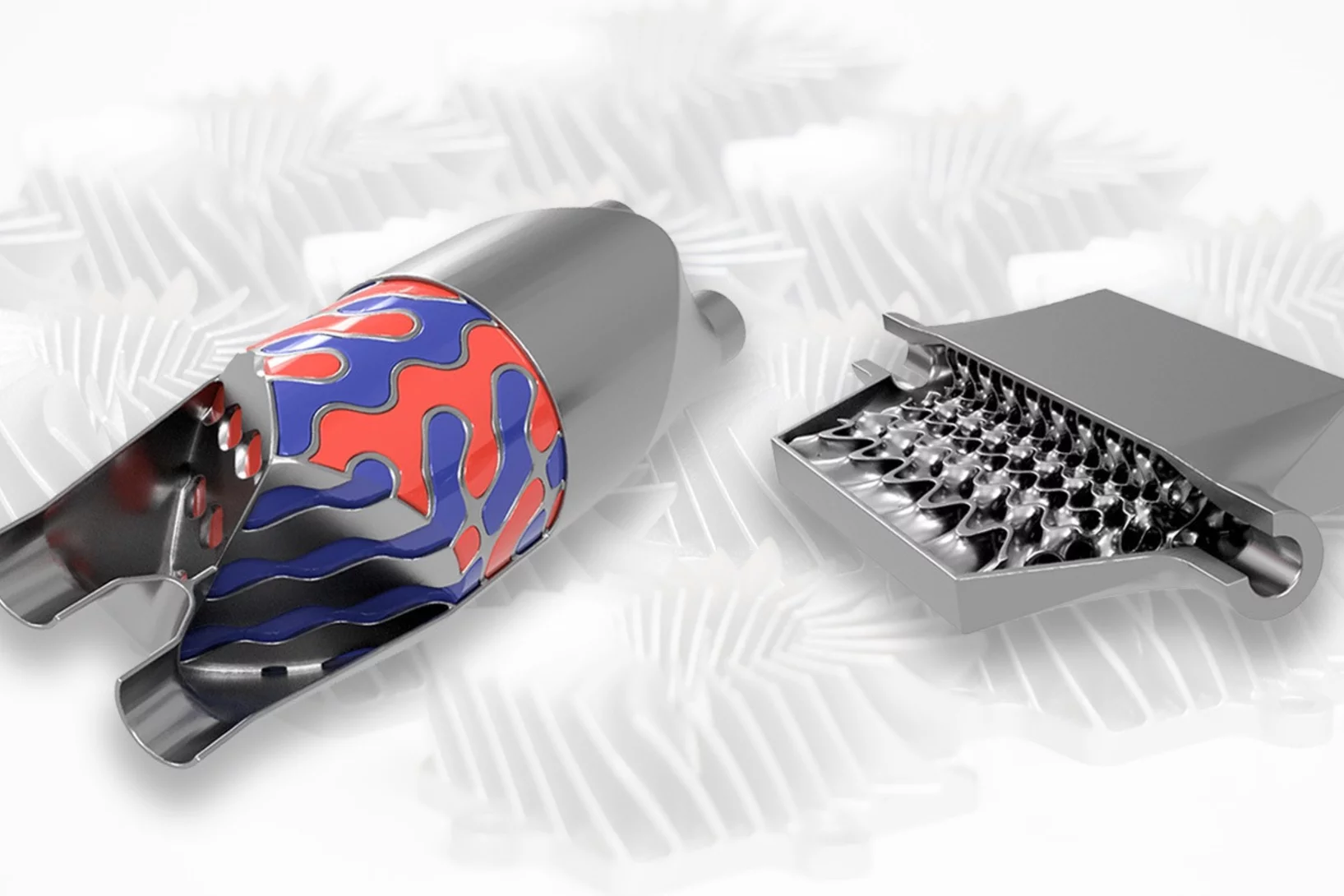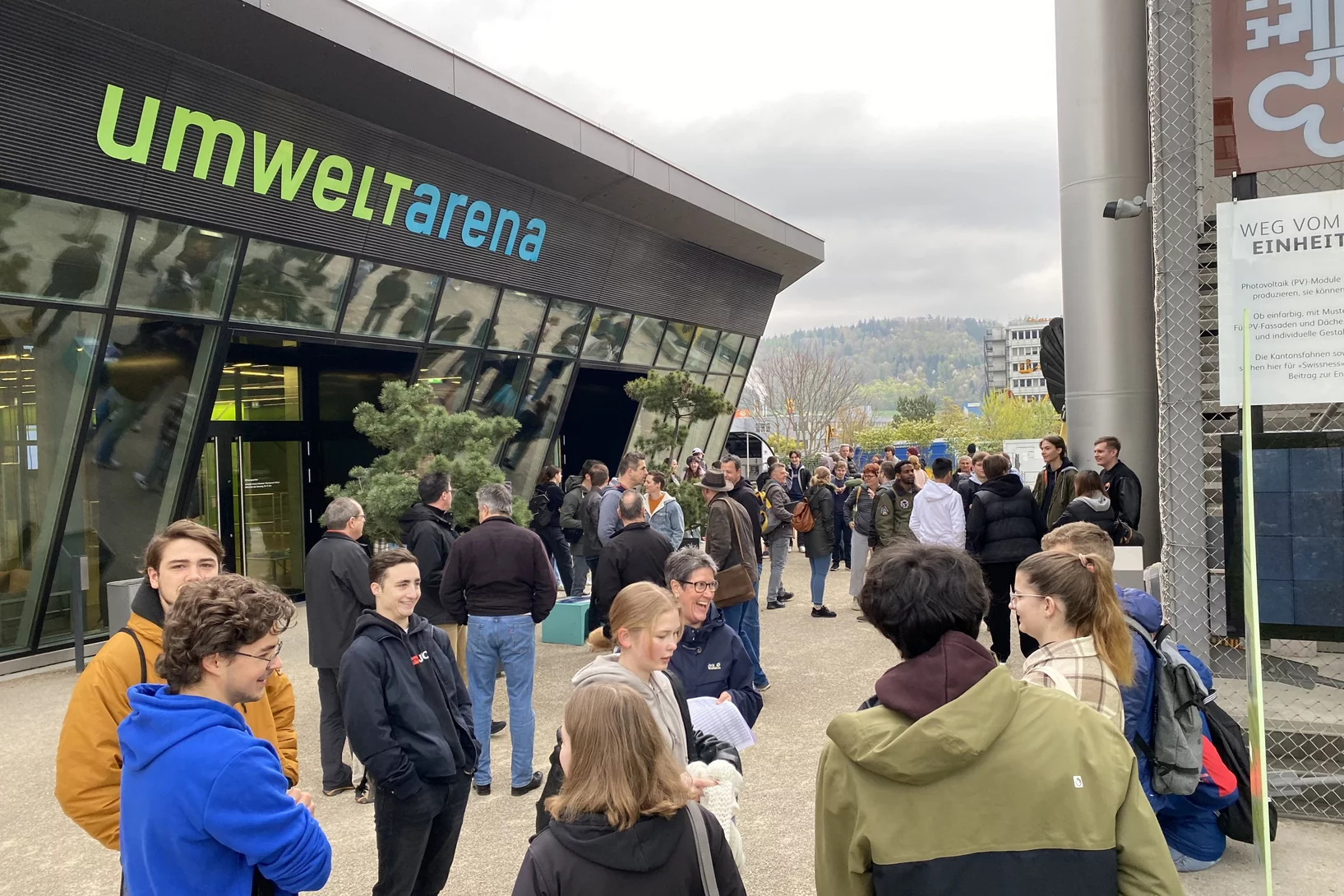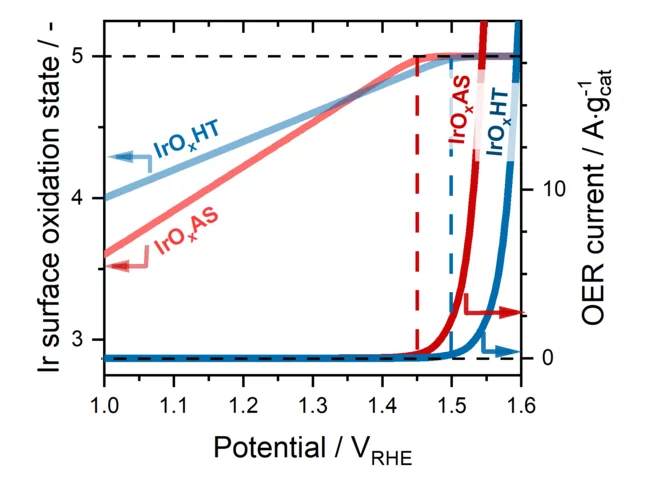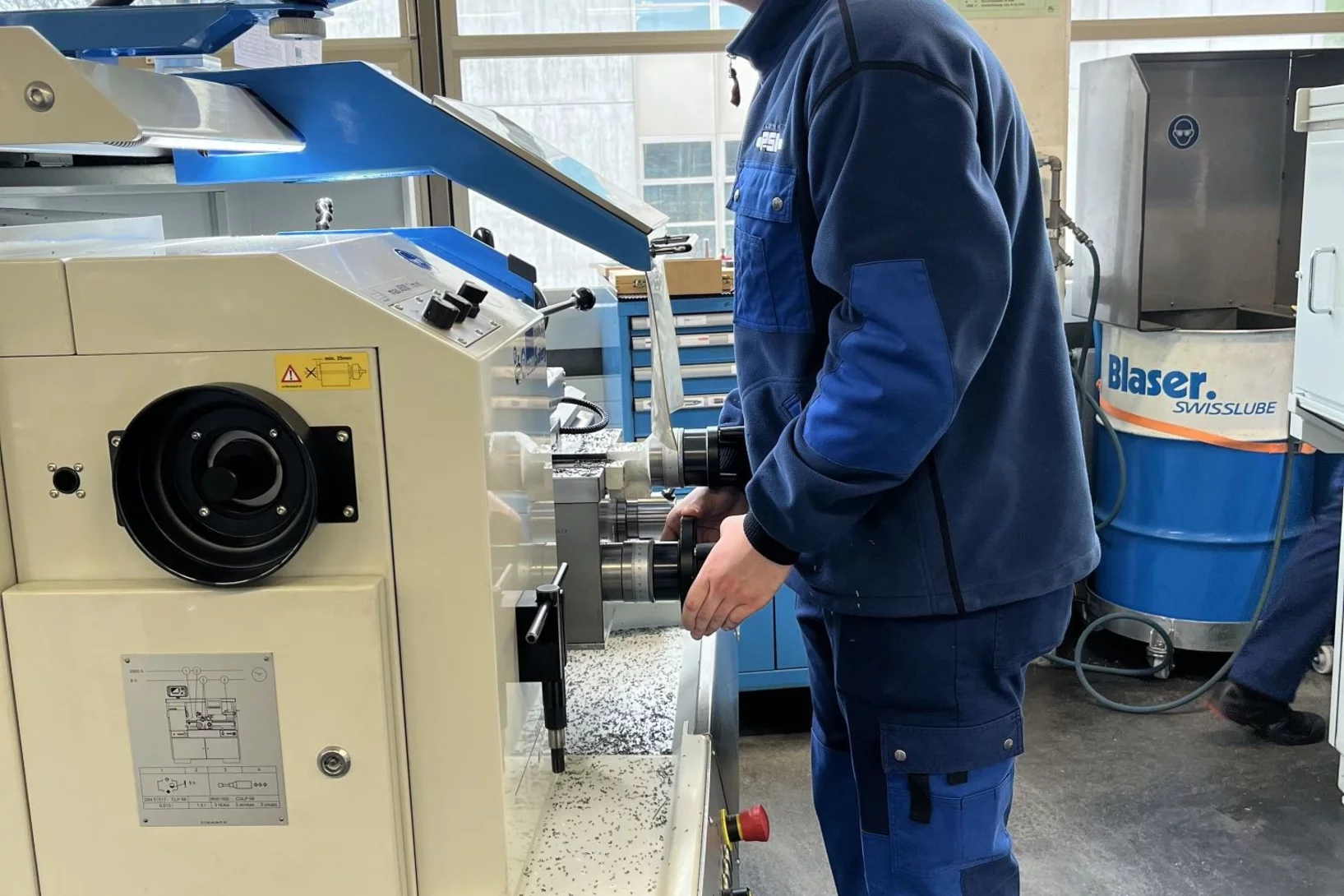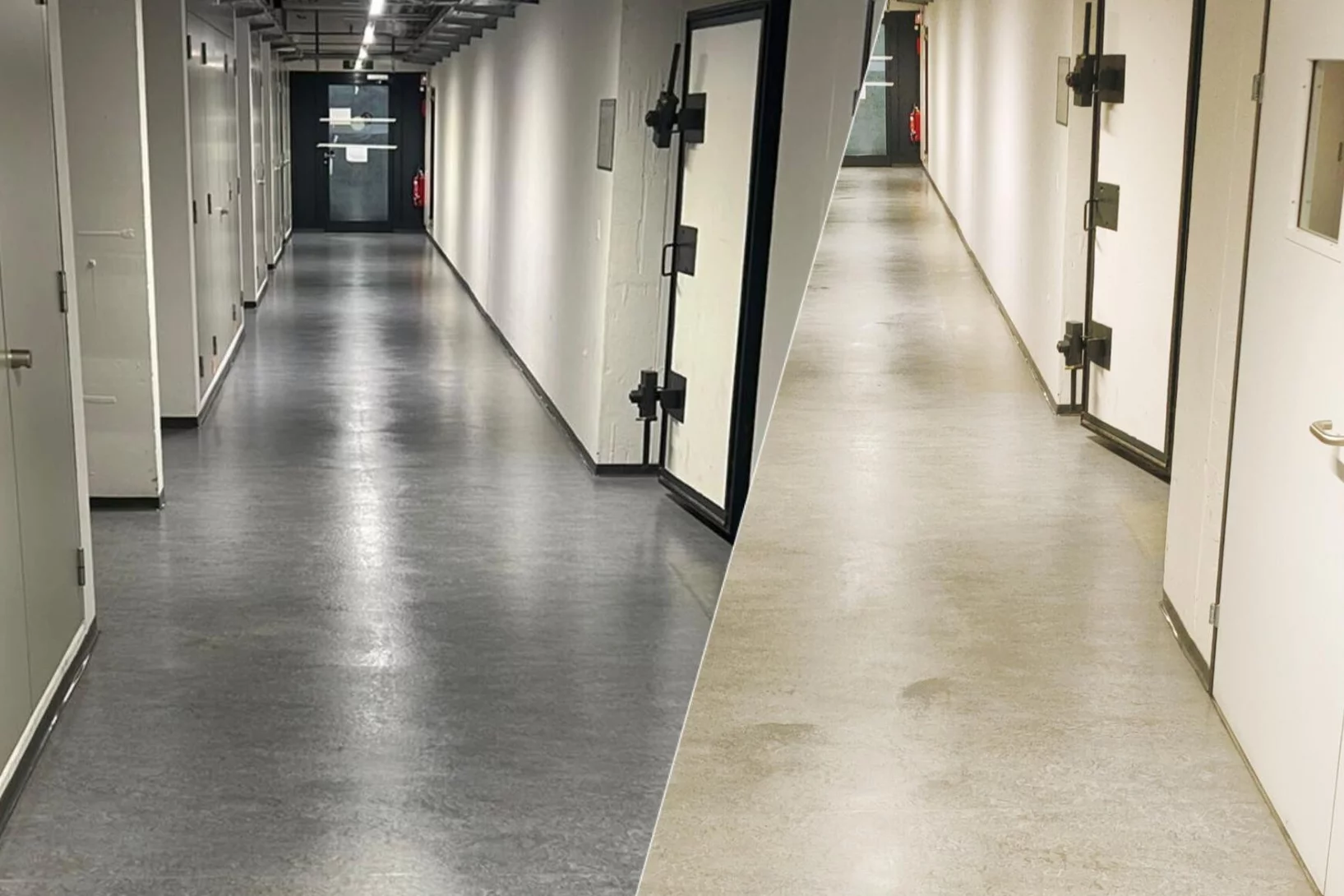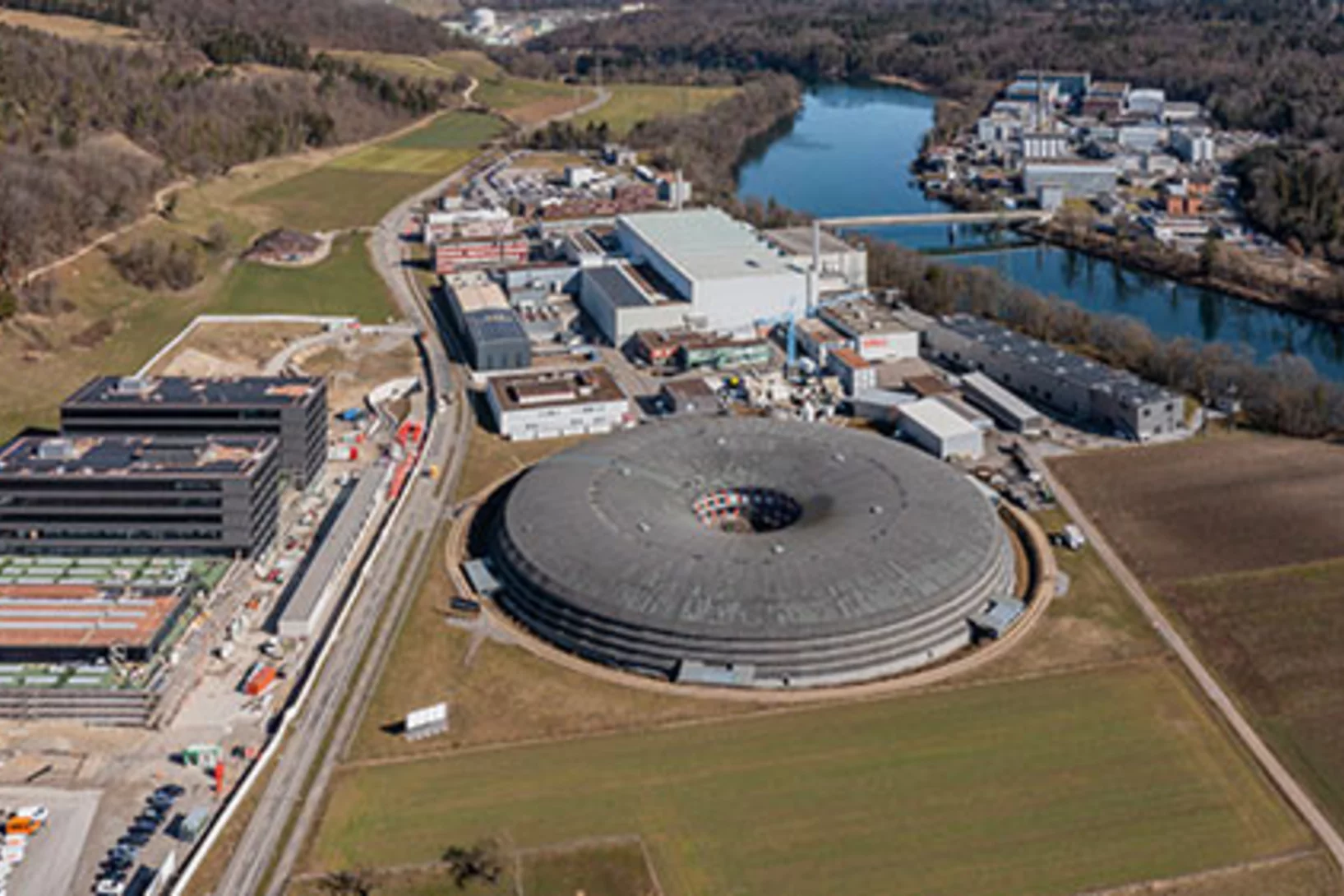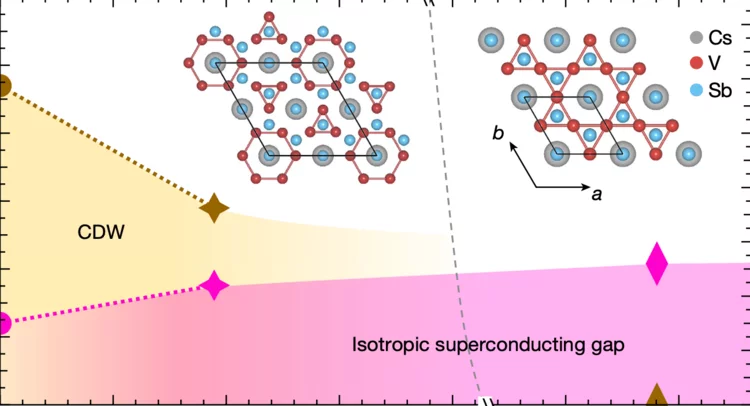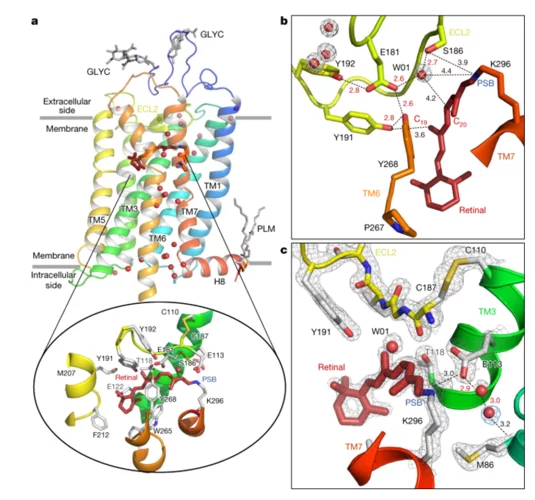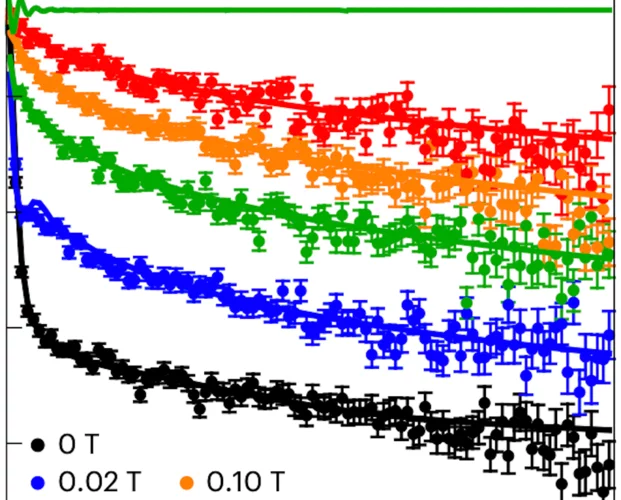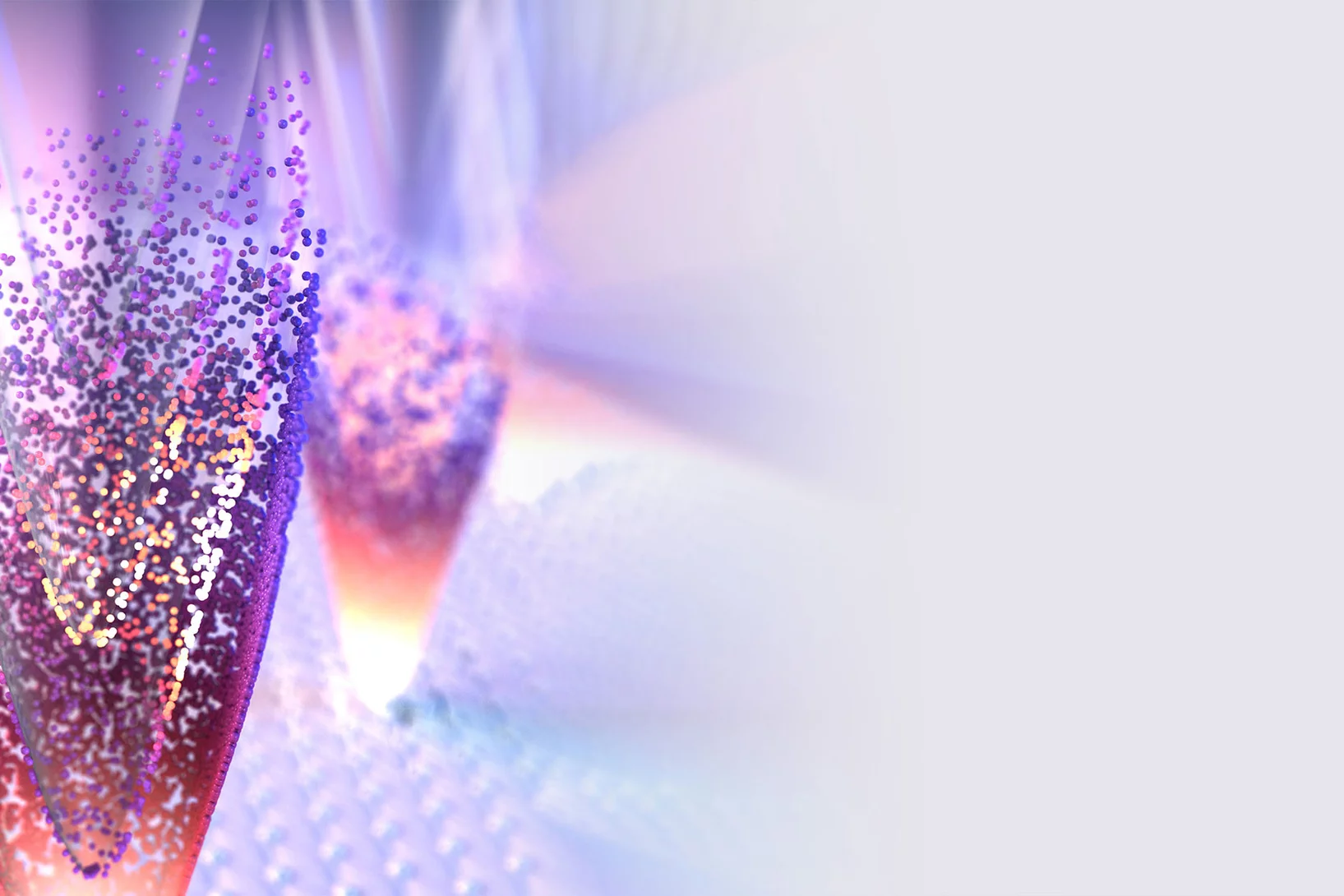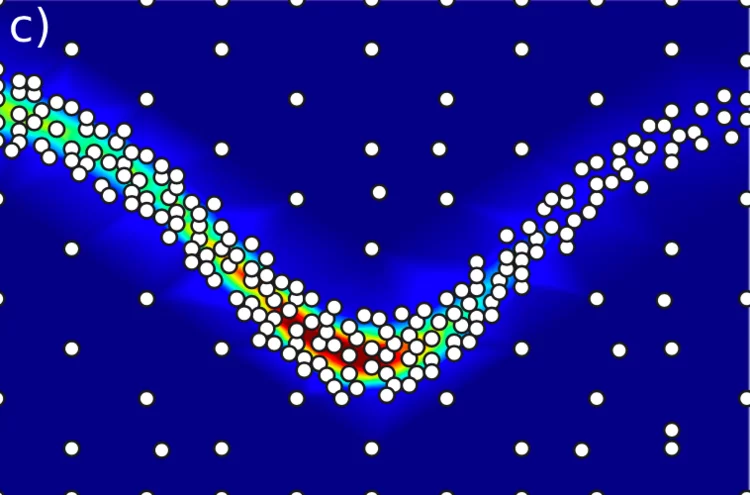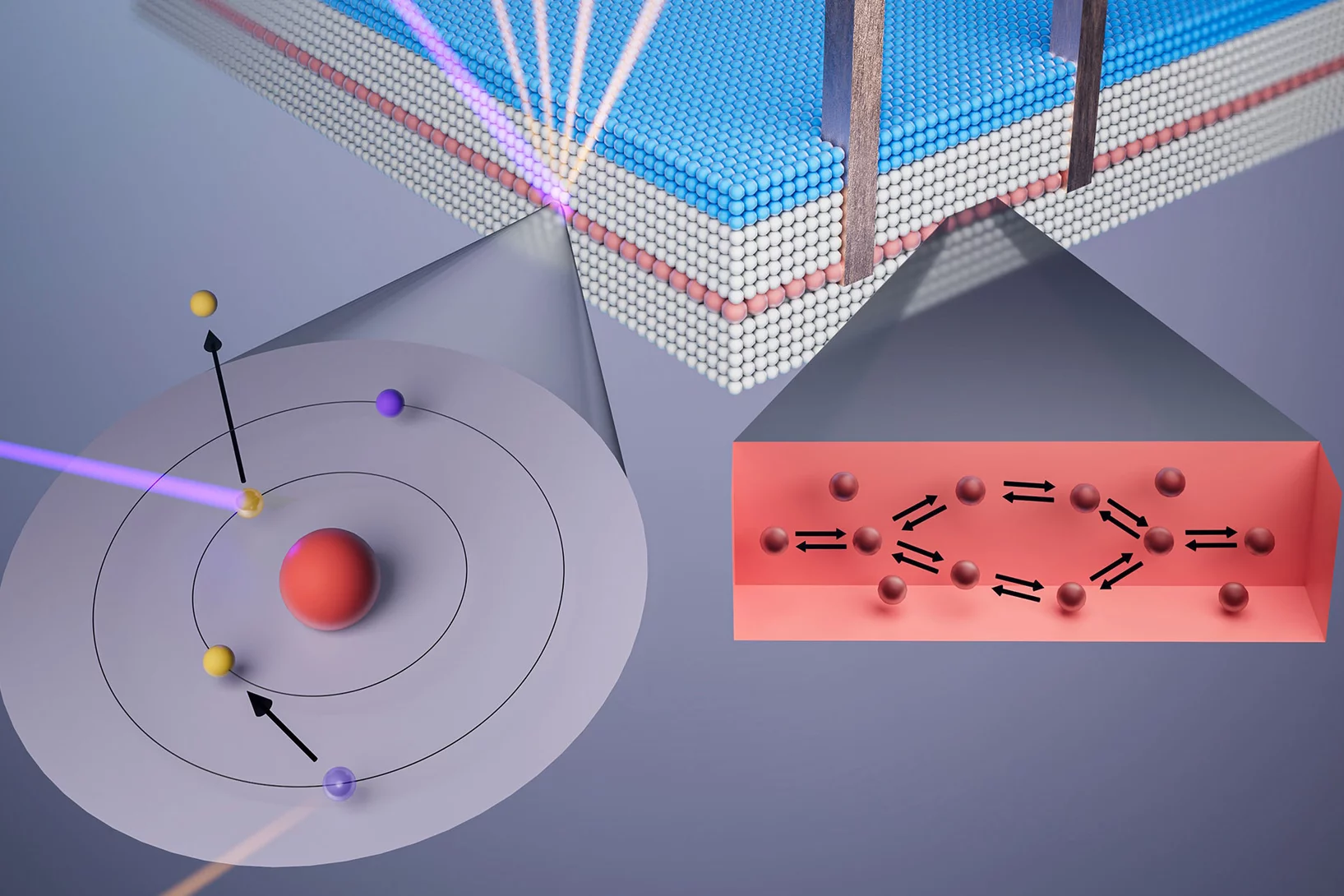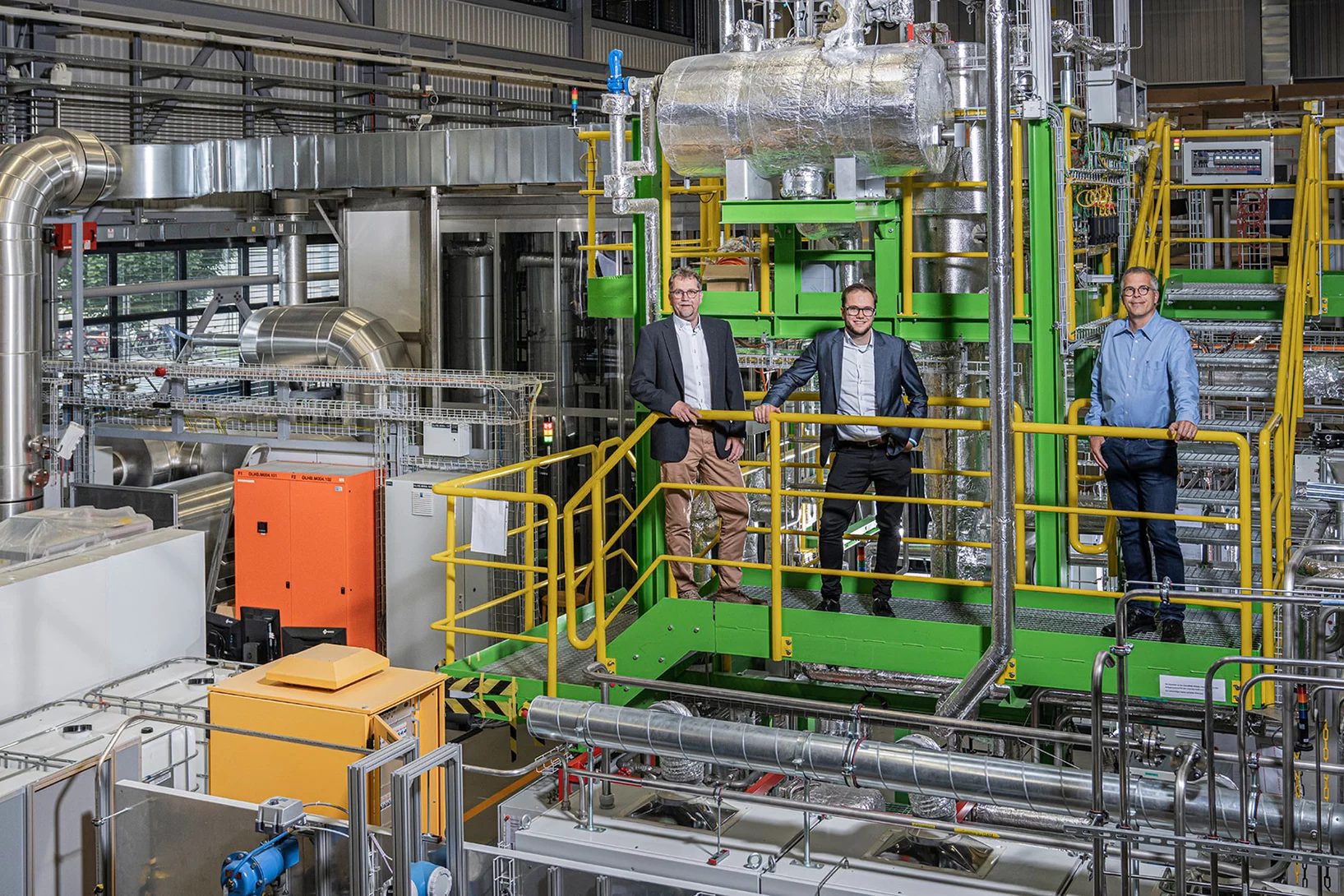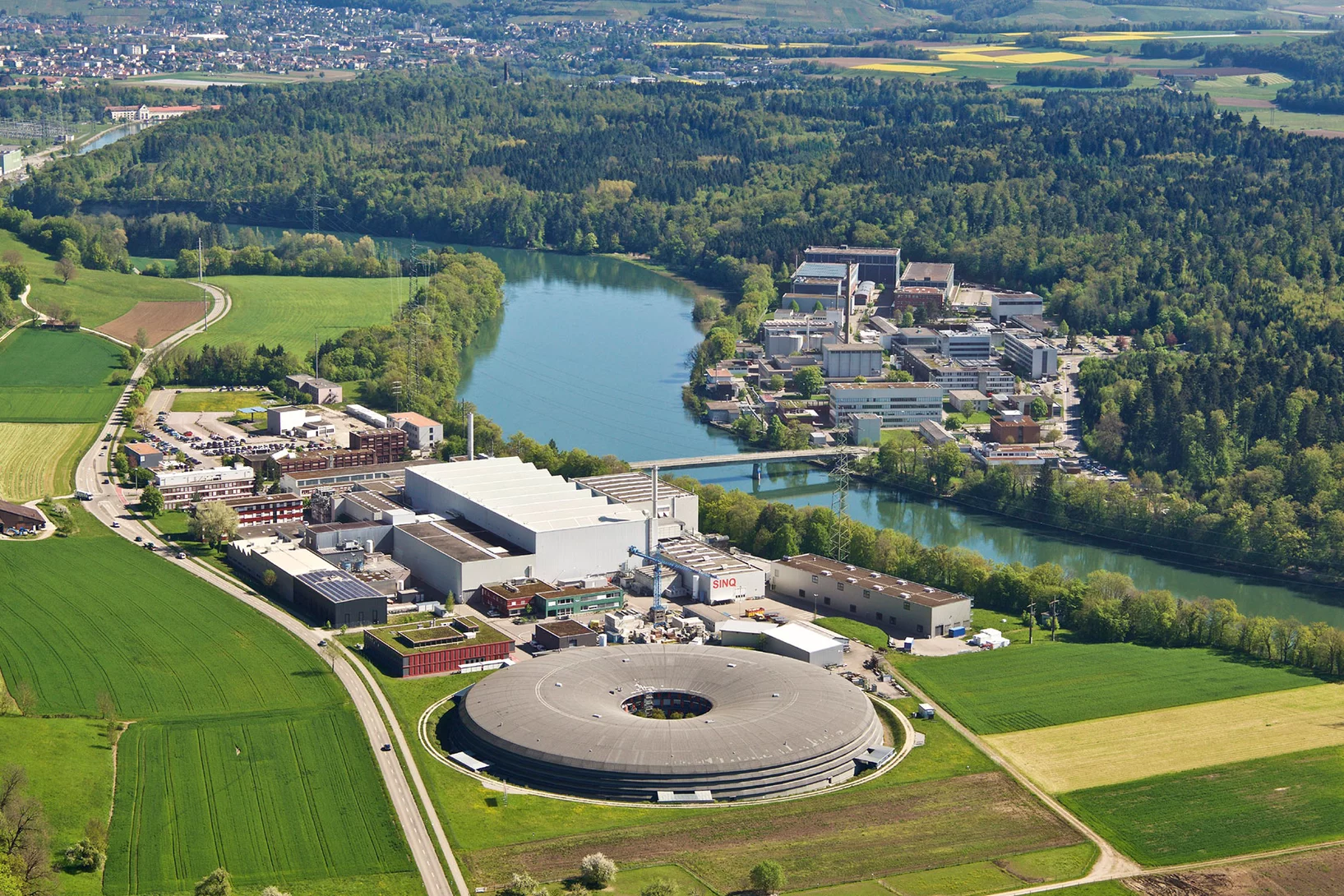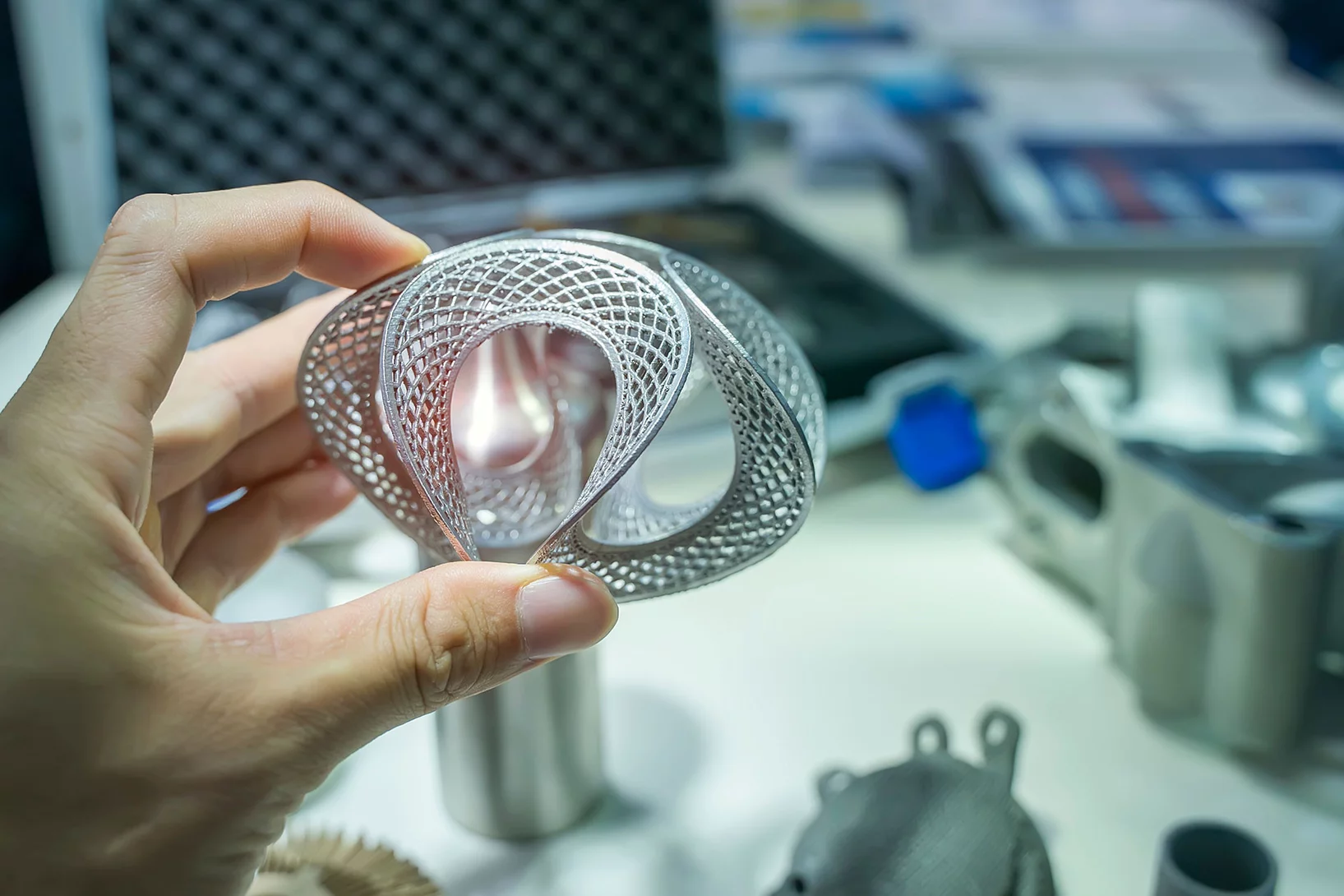PSI and ITM Isotope Technologies Munich SE (ITM), a leading radiopharmaceutical biotech company, have entered into a collaboration for the joint development of the production of a novel therapeutic radionuclide, terbium-161. In this collaboration, PSI and ITM will combine their respective technologies and expertise in the production of terbium-161, including clinical and commercial use in targeted radionuclide therapy for the treatment of cancer. The goal is to be able to offer cancer patients new and better treatment options.
Terbium-161 has been identified as a very promising therapeutic isotope for targeted radionuclide therapy in cancer due to its excellent physicochemical properties: The convincing therapeutic capabilities of terbium-161 have been demonstrated in various preclinical studies at PSI. The collaboration with ITM - a pioneer and major player in the field of radiopharmaceutical applications - aims to combine PSI's long-standing research with ITM's extensive knowledge to drive further innovation in radionuclide therapy.
With this collaboration, ITM expands its research and production portfolio alongside Lutetium-177 and Actinium-225, which are currently the most widely used medical radioisotopes for targeted radionuclide therapy and which ITM supplies to hospitals and pharmaceutical partners worldwide.

